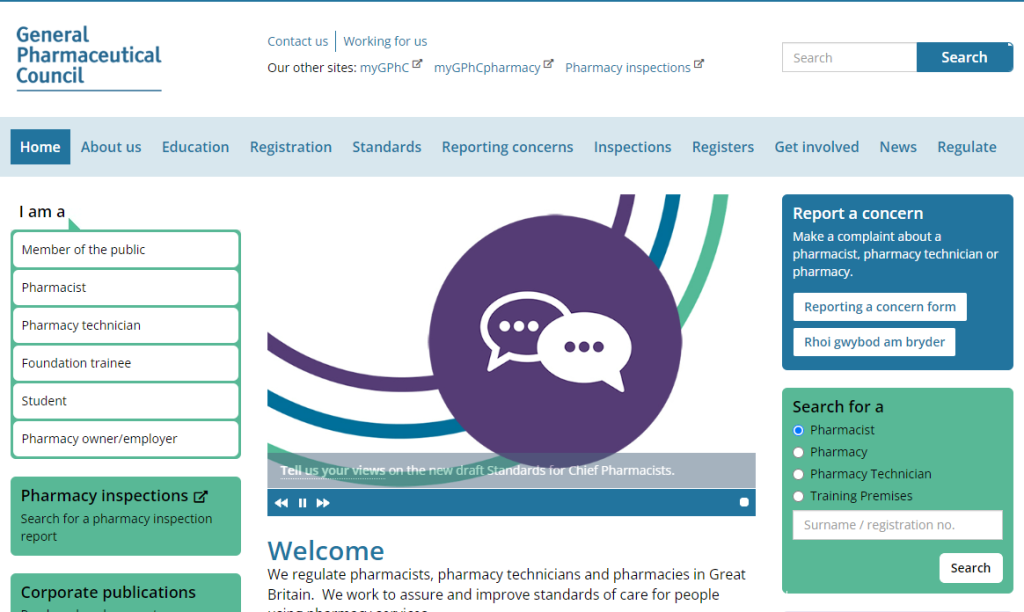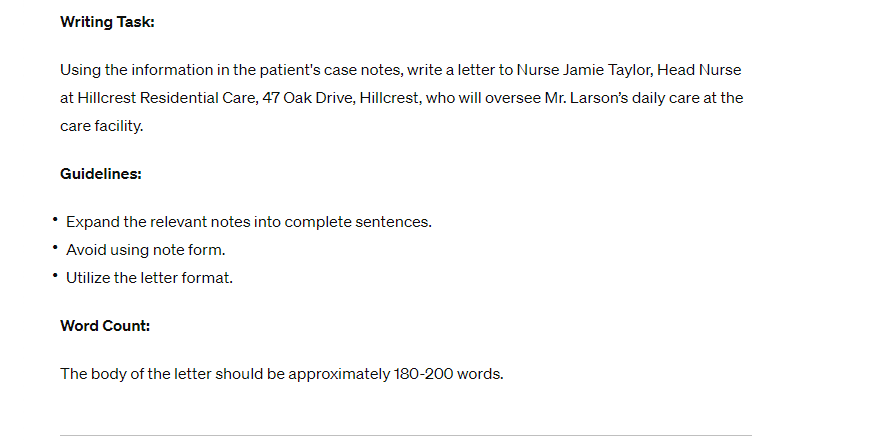In this guide, we’ll explore the present perfect and past simple tenses and when to use each one. Understanding their usage will enhance your OET writing and communication skills in general.
Present Perfect Tense in OET Writing: Unfinished Actions
The present perfect tense is a critical grammatical tool in the Occupational English Test (OET), especially for healthcare professionals. It serves to articulate actions that have started in the past and have an ongoing connection to the present, which is particularly relevant in medical English to discuss treatment, symptoms, and patient care.
What is the Present Perfect Tense?
The present perfect tense is formed by combining the auxiliary verb “have” or “has” with the past participle of the main verb. This tense is used to indicate actions that were initiated in the past but continue to affect the present.
When to Use the Present Perfect Tense
This tense is most appropriately used in the following contexts:
- To describe actions that occurred at an unspecified time in the past but are relevant to the current context.
- To express actions that started in the past and are still ongoing.
- To highlight the completion of an action that has present relevance.
Purpose of the Present Perfect Tense in OET Writing
In the context of OET Writing:
- Illustrating Continuity: It helps to depict the continuity of care or treatment from the past into the present.
- Describing Treatment History: It is used to describe treatments or conditions affecting the patient over a period without specifying the exact start date.
- Communicating Recent Actions: It is useful for indicating recent actions or changes in the patient’s condition or treatment plan.
Example Uses of the Present Perfect Tense
- Describing Ongoing Treatment:
- “The patient has been receiving physical therapy for six months.” This sentence indicates that the patient started therapy six months ago and it is still ongoing.
- Indicating Start Time of Treatment:
- “She has been on ciprofloxacin since her diagnosis last week.” This example shows when the treatment started, highlighting its ongoing nature.
- Expressing Duration:
- “He has been in remission for two years.” Here, the duration of the patient’s remission is emphasized, indicating a condition that persists into the present.
The present perfect tense plays a vital role in OET Writing for healthcare professionals. Its correct use ensures clear and accurate communication of patient histories, ongoing treatments, and medical conditions, emphasizing the connection between past actions and their current relevance or continuation. Mastery of this tense is essential for effective medical documentation and communication in English.
Past Simple Tense in OET Writing: Finished Actions
The past simple tense is indispensable in the OET Writing test, especially for healthcare professionals. It’s specifically used to describe actions that were completed in the past, often linked to a specific time reference. Understanding its correct application is crucial for accurately documenting patient histories and medical events.
What is the Past Simple Tense?
The past simple tense is used to talk about actions that started and finished at a specific time in the past. It is formed by using the base form of the verb for regular verbs with an “-ed” ending, or by using the second form of the verb for irregular verbs.
When to Use the Past Simple Tense
This tense is appropriate in scenarios where:
- The action has a clear beginning and end in the past.
- There is a definite time mentioned or implied for the action.
- The focus is on the action itself, rather than its relevance to the present.
Purpose of the Past Simple Tense in OET Writing
In the context of OET Writing:
- Documenting Specific Events: It allows for precise documentation of when specific medical events occurred.
- Reporting Patient History: It is essential for reporting past diagnoses, treatments, or admissions that have been completed.
- Detailing Completed Actions: Useful for detailing actions taken by healthcare professionals or changes in the patient’s condition that happened at a known time.
Example Uses of the Past Simple Tense
- Reporting Patient Admission:
- “He was admitted to the hospital last night.” This sentence clearly indicates that the admission was a completed action that occurred at a specific time in the past.
- Describing a Completed Treatment:
- “The doctor prescribed antibiotics two days ago.” Here, the action of prescribing antibiotics is completed and is linked to a specific time reference.
Which Tense and Why?
Reflect on when to use the past simple versus the present perfect tense by considering the completion and timing of the action. The past simple is chosen for actions clearly located in the past with no direct relevance to the present moment, especially when specific time references are provided.
Finding Mistakes
Identify and correct mistakes in tense usage, particularly distinguishing between the past simple and present perfect. The key is recognizing time references and the completion status of the action.
Top Tips
- Review OET Sample Letters: Observing the application of different tenses in authentic contexts can clarify their usage.
- Attention to Time-Related Phrases: Phrases like “yesterday” or “last week” are indicators for the past simple tense.
- Practice Writing: Regular practice helps in mastering the accurate use of tenses in varied medical contexts.
Conclusion
Accurate use of the past simple tense in OET Writing is fundamental for effective medical communication. It ensures clarity when reporting completed actions or events, thereby enhancing the precision of patient documentation and healthcare narratives.









Leave a Reply